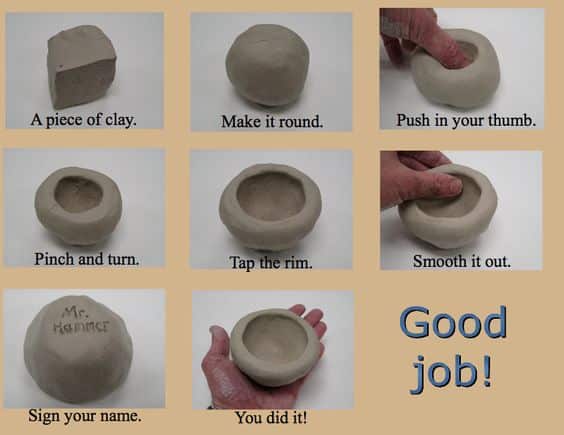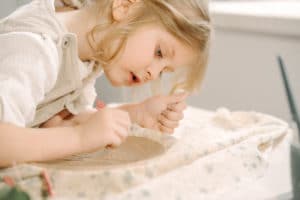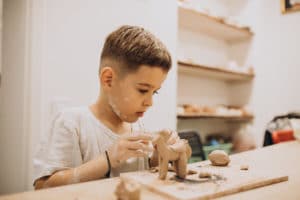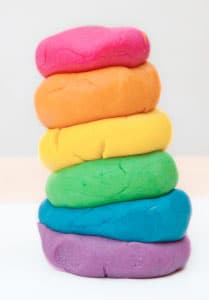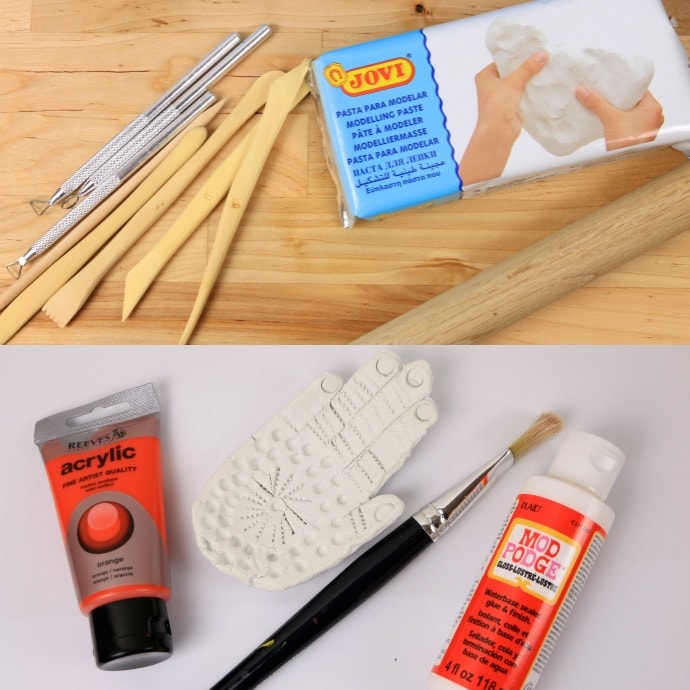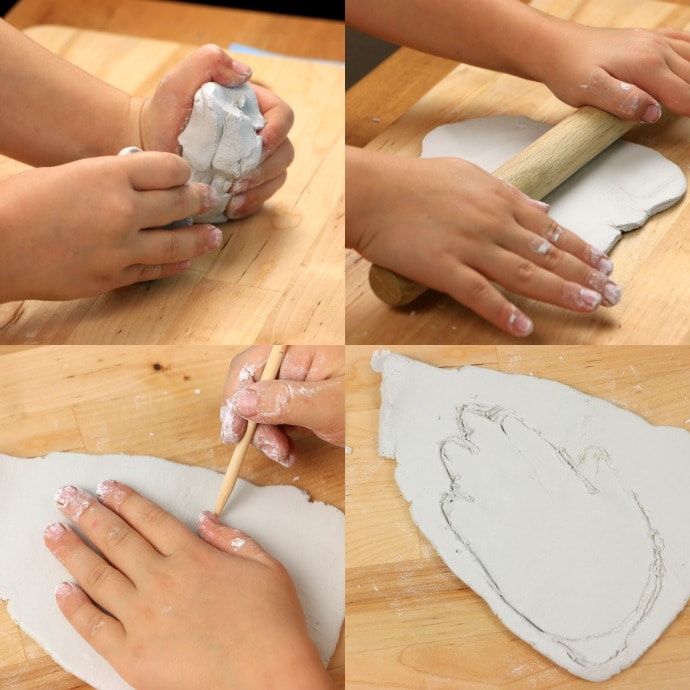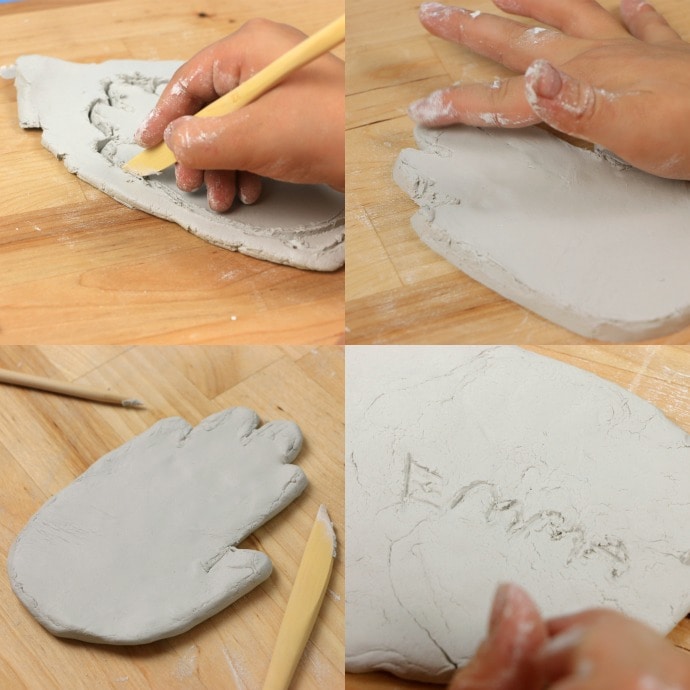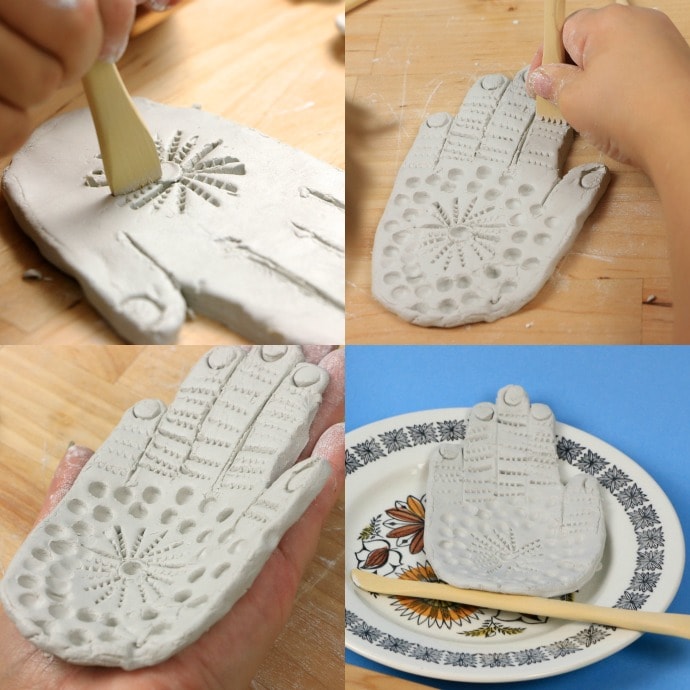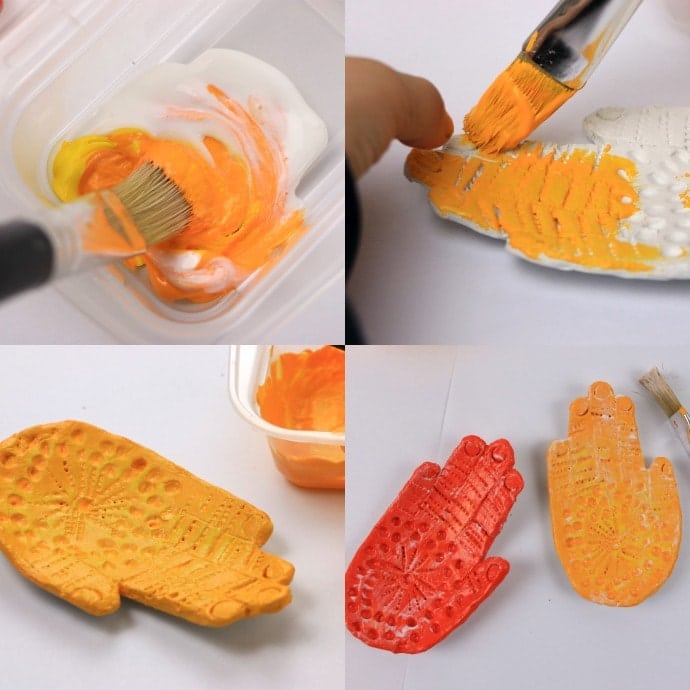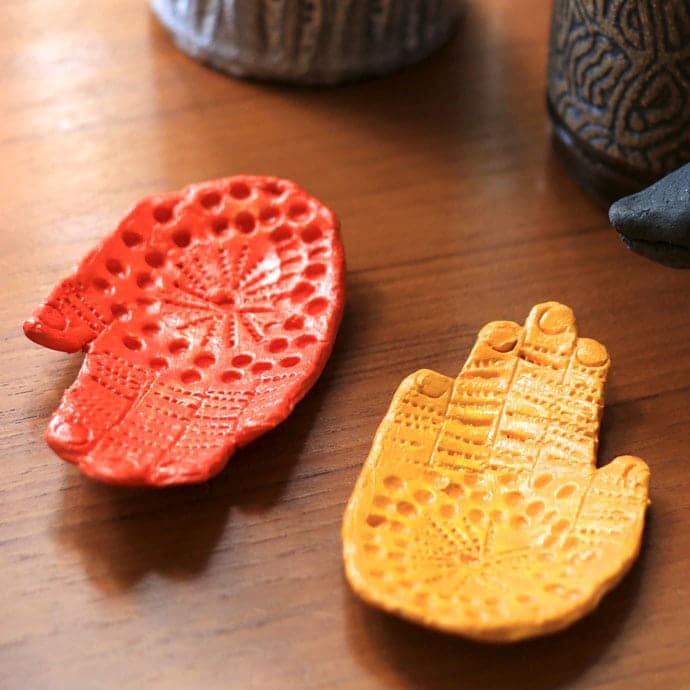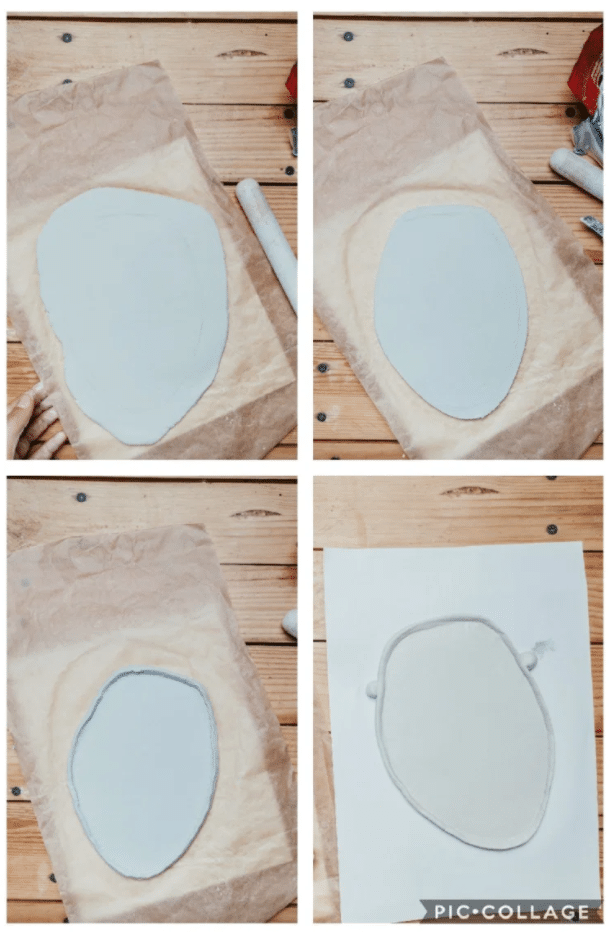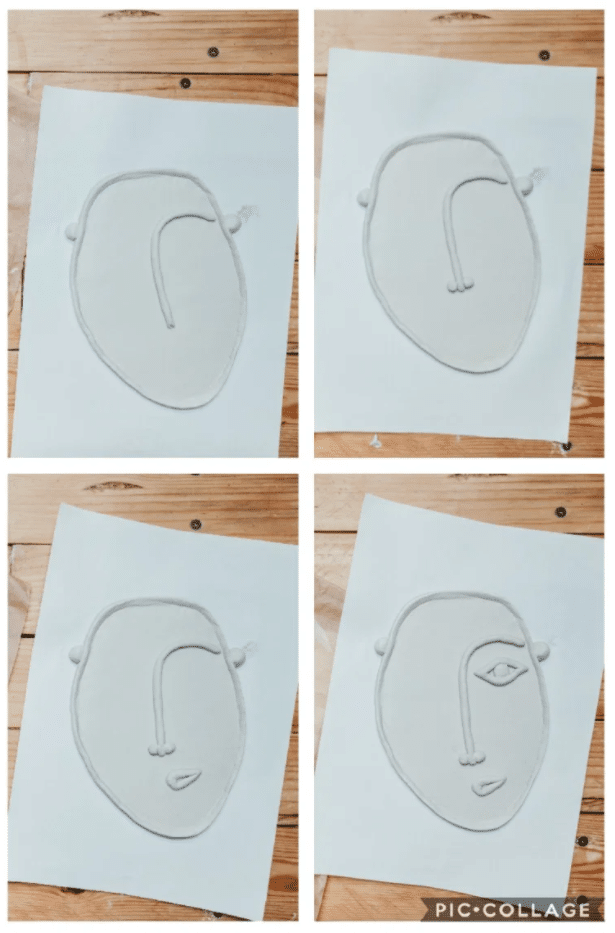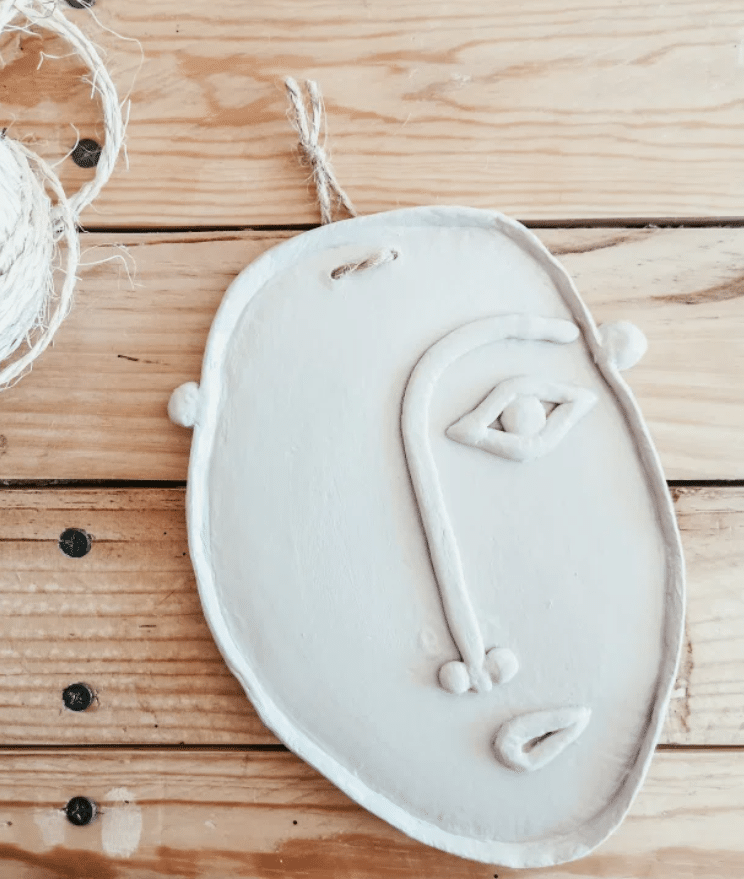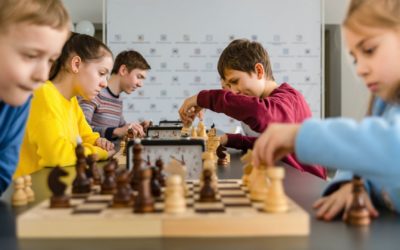Very lively, the child is able to carry out artistic which require more concentration, precision and autonomy from the age of 6. Like theorigami for example! Kidlee Today we offer you a great activity for children 6 years and older: pottery ! What are the advantages? What do I need? What to start with? We tell you everything!
The development of the 6 year old child
By age 6, children are making progress in many areas: social behavior, emotional management, intellectual development, and fine and gross motor skills.
Let us remember that the child becomes more agile. He also draws more accurately and his drawings are more realistic. He holds the pen well and even learns to copy words.
He is now able to think in three dimensions, and has more confidence in himself and in his gestures.
Pottery as an activity for children 6 years and older
Children under the age of 5 tend to tire of pottery and want to try a new game. At this age, the child has difficulty mastering the concept of three dimensions. In other words, when drawing a face, the child will prefer to trace it on the clay rather than add volume to the pottery by shaping a nose for example.
Moreover, around 5 or 6 years old, pottery is a sensory experience fascinating! Cold clay that warms up when touched, shapes, transforms and hardens... A unique spectacle for the eyes and hands of the children!
As early as 6 years old, children can start to shape various small objects with their little hands. It is only from the age of 8 that children usually use the famous potter's wheel, but many of them also like to shape clay with their hands.
To summarize, pottery is a fun, stimulating activity that brings many benefits:
Develops creativity and reasoning skills
Choosing to make a pottery is to make the imaginary coincide with reality. To do this, the child will face problems to solve. Without realizing it and of in a playful wayThis process enhances his spatial skills, coordination of his movements and understanding of his environment. This process enhances his value and gives him confidence in himself. In addition to making objects, these will be signed by the style of the child which will be born from his creativity, his imagination and the spontaneity of his gestures. As he develops his style, he will gain in precision.
Learns perseverance
With discipline and perseverance, the child will create objects of his own. That said, it takes time to master a field, so the first creations may not be exactly as expected, but his know-how will improve over time! Moreover, between the kneading, the modeling, the firing, the painting, the second firing... Pottery contains many steps before arriving at the final result. Pottery is therefore a real lesson in patience for the child.
A moment of relaxation
Pottery is a relaxing manual activity which allows one to refocus, to think only of the present moment. While the child applies himself to the task, his concentration is at its peak. Each gesture gives a shape, a fold, a curve to the object he creates. It is an opportunity to let go and give full attention to the work. Pottery allows him to express his feelingscultivate its creativitybut also its curiosity.
It is a sensory activity
From a very young age, children love sensory activitiesespecially those associated with the tactile sense. While developing fine motor skills, your child makes many observations based on his or her senses. Pottery also gives the opportunity to create new objects will unconsciously encourage less buying. Therefore, it will replace the consumption of goods from polluting production with personalized and handmade production!
On this subject, discover our article : Ecology: how to introduce children to the right ecological gestures?
Introductory workshops
What do you need?
First of all, choose your clay! Generally, for home pottery workshops, favor self-hardening clay or Fimo clay that can be fired in a traditional oven.
The self-hardening paste dries quickly, it is often necessary to homogenize it. To preserve it, put the self-hardening paste in an airtight box with a small amount of water so that it remains malleable.
Find out how recycle clay that is too dry by clicking here. You can also make a self-hardening paste at home with this recipe !
You will then have to think about gathering various accessories such as a clay cutting wire, a roller, paint (acrylic), adapted modeling knives. You can find different pottery kits for children such as this one.
Activity for children 6 years and older
Child's hand shaped pocket organizer
You will need:
- self-hardening modeling clay
- acrylic paint
- glue varnish
- a rolling pin
- pencils, picks or other materials to carve patterns
After kneading the dough well, roll it out on parchment paper, keeping it about 5 mm thick. It's time for the little ones to put their hands on the dough and transfer the outline.
Cut out the shape with a knife, then lightly trace the details. It is then up to the child to decorate the whole hand, using spikes, pen caps and let it dry.
Finish by applying a mixture of acrylic paint with a little varnish glue and a final coat of varnish glue.
Source: Mypoppet
Face frame inspired by the "One Line" trend
You will need :
- A loaf of self-hardening dough / salt dough / modeling clay / fimo clay
- A cutter
- A glass of water
- From the paint
- A toothpick or pencil
- A piece of string or rope
First, knead the dough and then roll it out with a rolling pin.
Then draw an oval with a pencil and cut the shape, making sure to round the edges.
Then form two small balls for the ears. Moisten and glue them in place. Shape the face with pieces of clay formed into balls.
Make two small holes at the top of the face with a toothpick, so you can hang it up later.
Find the DIY in detail here
Activity for children 6 years old and up: Homemade mini pot
Find also this DIY which shows you step by step, which gestures to adopt to have a precise result. Find the steps to follow in pictures to make a mini pot, only with your hands and clay.
